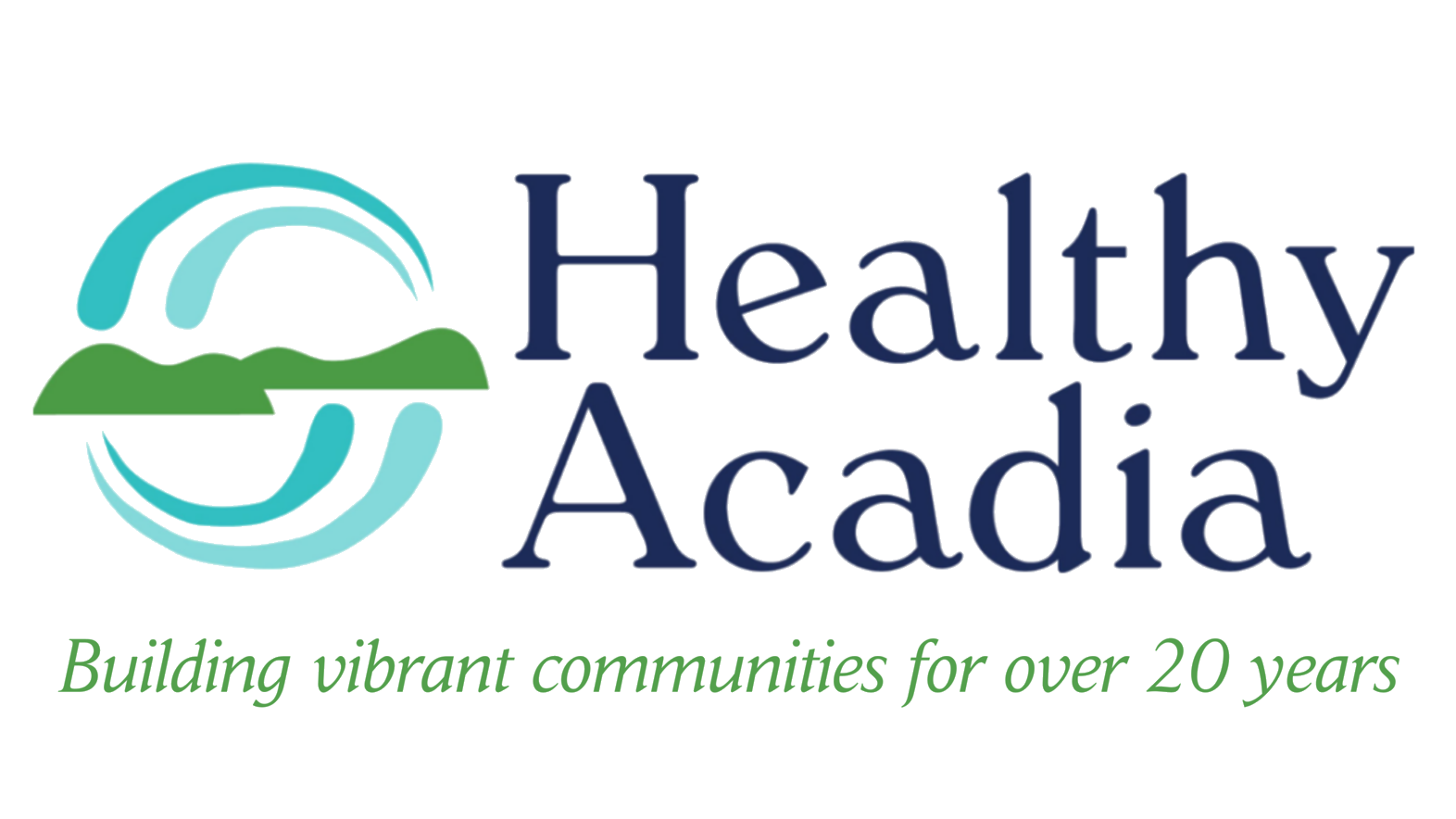Prioritizing Heart Health
World Heart Day, celebrated on September 29, reminds us to prioritize heart health and take proactive steps to prevent cardiovascular disease. The choices we make daily can significantly impact our well-being, particularly when it comes to cardiovascular health.
Our heart is the core of our health, and maintaining its well-being is vital for our overall longevity and quality of life. This month, we’re highlighting some key habits for keeping your heart healthy, the risks associated with alcohol use, and how peripheral artery disease (PAD) can impact your heart and overall health.
Heart-Healthy Habits
A healthy heart starts with daily habits. These simple lifestyle changes can make a significant difference in preventing heart disease and maintaining cardiovascular health:
Eat a Balanced Diet: Focus on a diet rich in fruits, vegetables, whole grains, lean proteins, and healthy fats like those from nuts, seeds, and avocados. Limit processed foods, sugary drinks, and saturated fats that can contribute to heart disease.
Stay Active: Engage in at least 150 minutes of moderate-intensity exercise, such as walking, swimming, or cycling, every week. Regular physical activity strengthens your heart and improves circulation.
Manage Stress: Chronic stress can negatively impact heart health by raising blood pressure and contributing to unhealthy coping mechanisms like overeating or smoking. Practice stress management techniques like mindfulness, yoga, or meditation.
Avoid Tobacco: Smoking is one of the leading causes of cardiovascular disease. If you smoke, seek support to quit—your heart will thank you.
Monitor Blood Pressure and Cholesterol: High blood pressure and high cholesterol are silent contributors to heart disease. Regular check-ups with your healthcare provider can help detect and manage these conditions early.
Limit Alcohol: Reducing alcohol intake or abstaining from alcohol altogether can lower these risks and improve overall heart health.
The Risks of Alcohol Use on Heart Health
No amount of alcohol consumption is considered beneficial, and even moderate alcohol use poses risks to health. Drinking alcohol can increase the risk of different heart problems, like heart muscle disease (cardiomyopathy), stroke, high blood pressure, irregular heartbeats (arrhythmias), and heart failure. Chronic heavy drinking can elevate blood pressure, increase triglyceride levels, weaken the heart muscle, and disrupt its normal function. Excessive alcohol use contributes to about 2% of deaths from cardiovascular diseases annually in the United States.
According to the Centers for Disease Control and Prevention (CDC) and Maine CDC, drinking too much alcohol can:
Raise Blood Pressure: Over time, heavy alcohol use can lead to chronic high blood pressure, which increases the risk of heart attack and stroke.
Contribute to Cardiomyopathy: Excessive alcohol weakens the heart muscle, leading to cardiomyopathy, a condition where the heart has difficulty pumping blood efficiently.
Lead to Irregular Heartbeats: Known as arrhythmias, irregular heartbeats are more likely in people who drink heavily.
Elevate the Risk of Stroke: Heavy drinking can also increase the risk of stroke, a condition where blood supply to part of the brain is cut off, potentially leading to severe brain damage or death.
Some symptoms of alcohol use-influenced heart disease include:
high blood pressure
shortness of breath
irregular heartbeat
heart palpitations
dizziness
In addition to these heart-related risks, alcohol use is also linked to peripheral artery disease (PAD).
Understanding Peripheral Artery Disease (PAD)
Peripheral artery disease (PAD) is a common but serious circulatory condition that affects blood flow in the arteries, primarily those in the legs. It occurs when arteries narrow due to the buildup of fatty deposits (atherosclerosis), reducing blood flow to the limbs.
Signs and Symptoms of PAD
PAD often goes unnoticed in its early stages, but as it progresses, you may experience:
Leg Pain: Often described as cramping, numbness, or weakness, particularly when walking or climbing stairs.
Coldness in Lower Legs or Feet: A feeling of cold or tingling due to poor circulation.
Sores that Don’t Heal: Wounds on your legs or feet that heal slowly or not at all can be a sign of PAD.
Discoloration of the Skin: Legs or feet may appear pale or bluish, indicating restricted blood flow.
Screening and Prevention
Early detection of PAD is key to preventing complications, including heart attack or stroke. If you are over 50, have a history of smoking, diabetes, or heart disease, talk to your healthcare provider about screening for PAD. The most common test is the Ankle-Brachial Index (ABI), which compares the blood pressure in your ankle with that in your arm.
Preventing PAD involves many of the same steps you would take to keep your heart healthy:
Quit Smoking: Smoking is a major risk factor for PAD.
Control Blood Sugar: If you have diabetes, managing your blood sugar levels helps reduce your risk of PAD.
Exercise Regularly: Physical activity improves circulation and can help prevent PAD.
Manage Cholesterol and Blood Pressure: Keep these numbers in check with a healthy diet, exercise, and medication if necessary.
Reducing alcohol intake or abstaining from alcohol altogether can lower these risks and improve overall heart health.
This World Heart Day, we encourage you to reflect on your heart health. Incorporating heart-healthy habits into your daily routine, limiting alcohol intake, and staying vigilant about conditions like PAD can all make a significant difference.
Resources
If you are or a loved one are struggling with alcohol use and are seeking help, you are not alone. The Downeast Resource Guide provides a Hancock and Washington County directory for community resources relevant to all aspects of recovery from any substance use, including alcohol.
To request a copy of the guide, click here or contact us at 207-667-7171 (Ellsworth) and 207-255-3741 (Machias). For more detailed information, check out these helpful resources:

